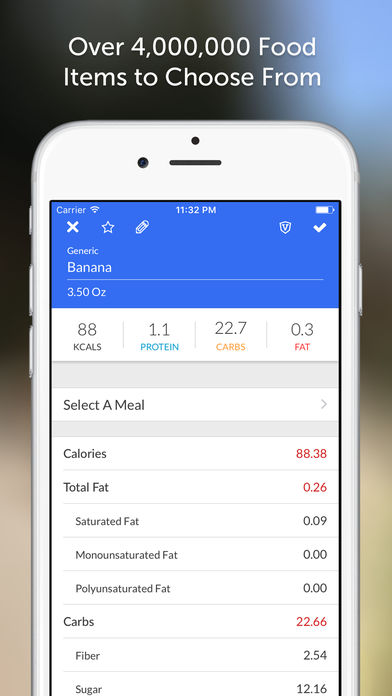
With a full-featured app, not only can you model your macro-based eating plan on a recommended diet plan for strength training, but you can also customize your meal plan based on your specific needs. That’s why using an app for tracking macros is so helpful. Juggling all the numbers, from calorie counts to macro ratios, can get complicated quickly. Try to avoid dairy and instead go for avocados, coconut oil, nuts, and seeds.

When you’re strength training, you’ll want to aim for a diet that’s 30 percent fat.

After all, overdoing it on fat means you aren’t getting enough calories from protein or carbs, which can throw off your fitness goals. To make sure you’re striking the right macro balance for strength training, you’ll also want to track your fat intake. Rather than pasta and bread, reach for whole grains, leafy greens, and a variety of veggies. When you’re building muscle, plan for a diet that’s 40 percent carbs. You’ll also want to consume them throughout the day to keep your energy levels even. Carbs are essential for giving your body energy before and after a workout. Why It’s Important to Track Carb MacrosĪlthough protein is most commonly associated with strength training, that isn’t the only macro you need.

Make sure you’re choosing healthy protein sources, such as lean cuts of meat, fatty fish, and eggs. When you want to improve your strength, try for a diet that’s 30 percent protein. You’ll want to keep your protein intake high before and after the gym, but you’ll also need a steady supply of protein for other meals throughout the day. Protein is essential for improving strength, as it helps your muscles rebuild and grow. Why It’s Important to Track Protein Macros By tracking macros, you can get the right number of calories and the essential nutrients into your diet while still staying on track toward your muscle building goals. Thinking about a diet in terms of calories alone isn’t always helpful, though. Then she’ll want to assess the results and see whether the added energy helps her met her fitness goals. She should start by increasing her daily calorie count by 10 percent, which means she’ll want to start consuming 2,640 calories per day while still maintaining her high level of activity. If she wants to build muscle, however, she might need to consume extra energy to put on the extra muscle weight. If she’s active and does an hour of strength training five days per week, her total daily energy expenditure (TDEE) is about 2,400 calories, which is what she’ll need to sustain that level of activity. If you want to build muscle but you’ve failed to see the desired results after increasing your daily calorie count and hitting the gym nearly every day, tracking your macros can help.įor example, a 35-year-old woman who’s 5.5 feet tall and weighs 150 pounds has a basal metabolic rate (BMR) of about 1,450 calories, which is the minimum number of calories her body needs to function. You can use the calculations to customize a plan for losing weight, or you can create a macro diet for improving your strength. One of the biggest perks of tracking macros is that you can adjust your numbers to meet a variety of goals. How Tracking Macros Can Improve Your Strength In place of sugars, starches, and alcohol, you’ll enjoy whole grains, fresh fruits and vegetables, and healthy fats, which is great news for your overall health. While a macro-based diet is remarkably flexible, following this type of meal plan encourages you to eat whole, unprocessed foods rather than junk food or convenience foods. After determining the number of calories you need to meet your goals, you can use your ideal macro ratio to calculate how much protein, fat, and carbs you should consume each day. When you follow a macro-based meal plan, you’ll zero in on a balance of carbs, proteins, and fats that help you perform your best. In fact, tracking your macros is a great way to combine flexible dieting with serious fitness goals.

Although you probably won’t want to consume them in equal ratios, eating a mix of all macros is critical for staying healthy. There are three macros in your food: carbohydrates, proteins, and fats. Macronutrients, better known simply as macros, are the basic building blocks in the food you eat and the essential components that your body needs to function.


 0 kommentar(er)
0 kommentar(er)
